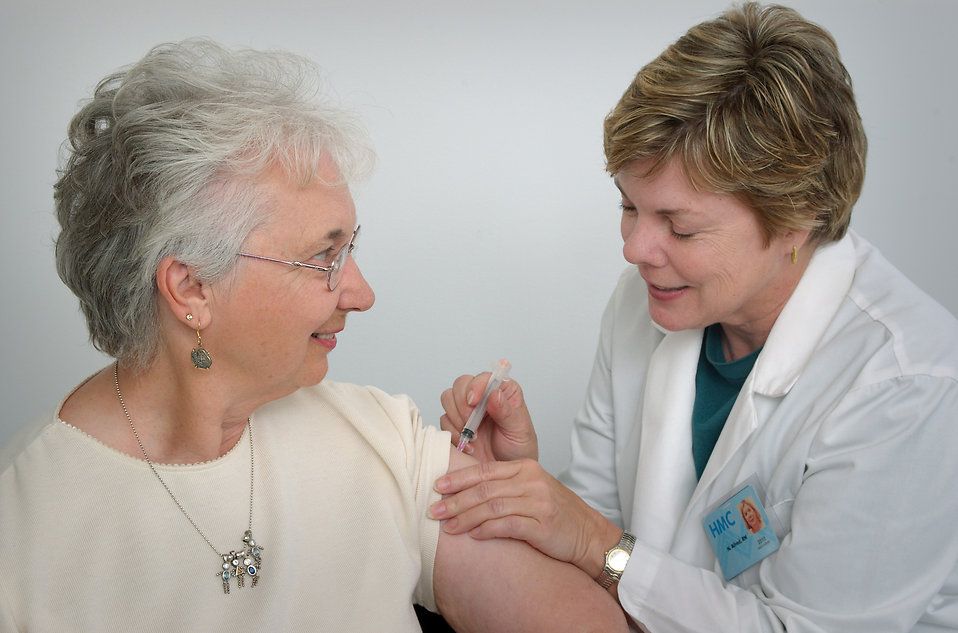If you’re on a stroll in the woods in 2013 and see a small net bag in a waterway or lake then do not remove it. Most likely, it’s not trash.
The net bag is part of the University of Copenhagen’s effort to get an overview of the country’s new and very aggressive tree disease, Phytophthora, which has begun wrecking havoc to a number of parks in the country.
Naturstyrelsen, the state nature agency, has granted funds to the pilot project that will take samples from as many as 60 trees throughout Denmark and combine them with visual observations of the trees from which the samples stem.
According to the Environment Ministry, similar efforts are being carried out in other EU and Scandinavian countries.
Phytophthora, which takes its name from the Greek and literally means ‘the plant destroyer’, is of the plant-damaging water-mould genus and has caused tremendous damage to crops and trees worldwide. In Denmark alone the economic damage sustained by the disease could exceed hundreds of millions of kroner.
Dansk Skovforening, which represents the forestry industry, said the economic damage would result from the loss of up to one million cubic metres of broad-leafed trees in Denmark, and because wood that would go to the production of furniture would wind up being sole more cheaply as firewood.
The disease is transmitted via a parasite, attacks the roots and kills broad-leafed trees such as oak, birch, beech, ash but can also attack pine trees. The disease spreads easily through water, soil and plant matter and it can survive in the ground up to 20 years after a tree is dead and chopped down.
The symptoms of the disease include a thinly leafed tree crown with small, pale leaves, dead twigs and branches. The trees grow new leaves later than usual and in some cases there are dark spots on the bark of the trunk.
Kirsten Thinggaard, one of the country’s few plant pathologists and the person who discovered that the disease had reached Denmark, had criticised the government’s inaction earlier this year, warning that the disease is far cheaper to prevent than it is to heal once manifested.
And while Thinggaard is pleased that the government has finally taken action, she maintained that getting an overview of the issue is not enough.
“Something must be done to tackle the problem and that will mean significant investment within the realms of research and information,” Thinggaard told Politiken newspaper.
In southern Sweden, biologists estimate that about half that country’s beech trees will die from the disease in the next few decades.











